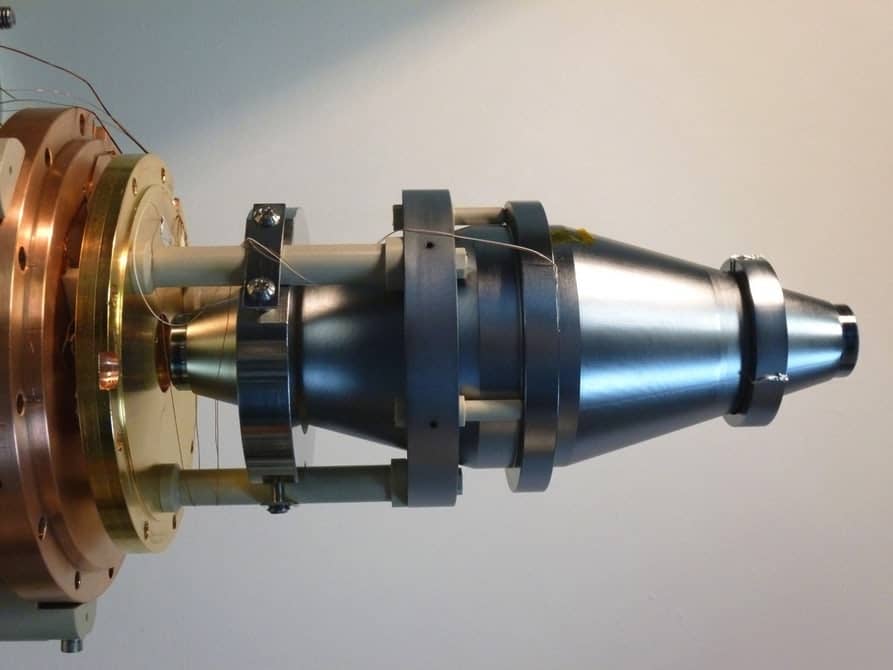The only lasers that we got our hands on were the little laser pointer toys, and all you could do with them was to perform light shows, lasers are capable of doing so much more from monitoring blood glucose level to destructive laser weapons. We recently heard of the world’s strongest super laser, but an international research team has now created the sharpest laser in the world that can test Einstein’s theory of relativity.
Theoretically, the ideal laser has only one color, frequency or wavelength. In practice, a laser is spread over a certain line-width and smaller this width, the closer it is to the ideal one. The sharpest laser just created has a line width of only 10 milliHertz (0.01 Hz). If you have the slightest idea of frequency and line-width, you would know how tiny that is!

Line-width is one of the most important quality parameters of a laser, and the other important one is the stability. It is important that a laser maintains its intended light frequency for a certain period of time. A high-quality laser has the shortest line-width and the best stability. Scientists from many places, including the Physikalisch-Technische Bundesanstalt (PTB) in Germany, came together to develop the sharpest laser that can maintain its stability for nearly 11 seconds, extending over a distance of 3.3 million kilometers which is roughly ten times as much as the distance between the Earth and the Moon. Is this for real?
You might think of this as a slight improvement to the existing technologies, but in reality, it does not even compare to the existing beams at all. To prove the reality of the sharpest laser, the German PTB team and the US research group JILA had to build two different lasers and then compared them. Extremely precise conditions were created to compare the beams, so the testing was free of any interference of temperature or external vibrations.
The newly created laser is so precise that it will be used in optical atomic clocks, precision spectroscopy, and radio astronomy.
The first laser was created in 1960 by Theodore H Maiman and ever since then, lasers have become a crucial element of our lives finding themselves in applications from presentations, hair removal, eye surgeries, laser weaponry and what not. The new laser will open doorways to countless other applications that we may have never imagined and the team behind the technology is looking forward to improve the laser even more.
Share your views about this amazing invention in the comments section below.


